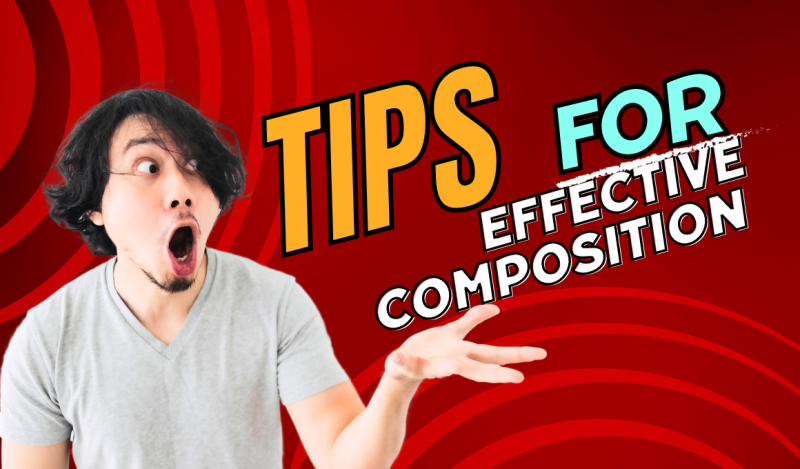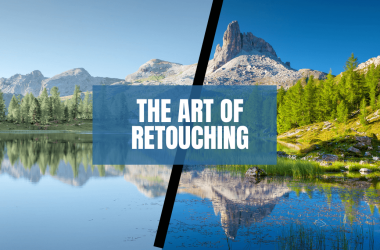In photography, capturing a moment is the first step in the creative process. The real magic happens during photo editing, where skilled photographers transform their raw images into visual masterpieces. Central to this transformative process is the art of composition—an intricate dance of elements within the frame. In this comprehensive blog post, we'll explore many tips for achieving effective design in photo editing, supported by captivating examples that showcase the power of thoughtful post-processing.
Rule of Thirds: Guiding the Eye
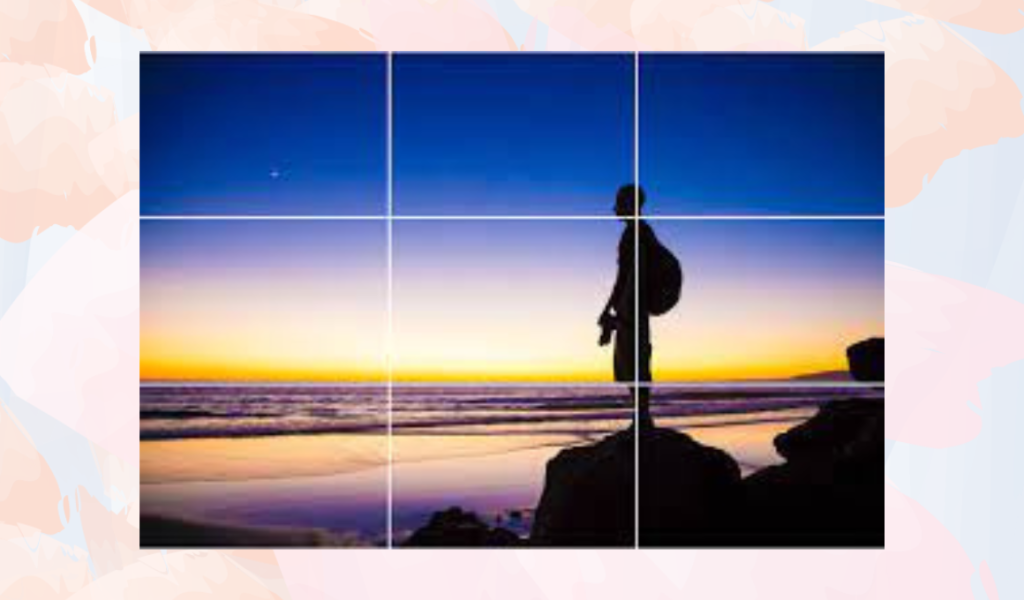
The rule of thirds is a cornerstone of composition in photography and photo editing. By mentally dividing your image into a 3×3 grid, you can strategically position key elements along these lines or intersections. Let's take the example of a sweeping landscape. Instead of centering the horizon, placing it along the lower or upper third can create a more dynamic and visually engaging composition.
Balance and Symmetry: The Art of Equilibrium
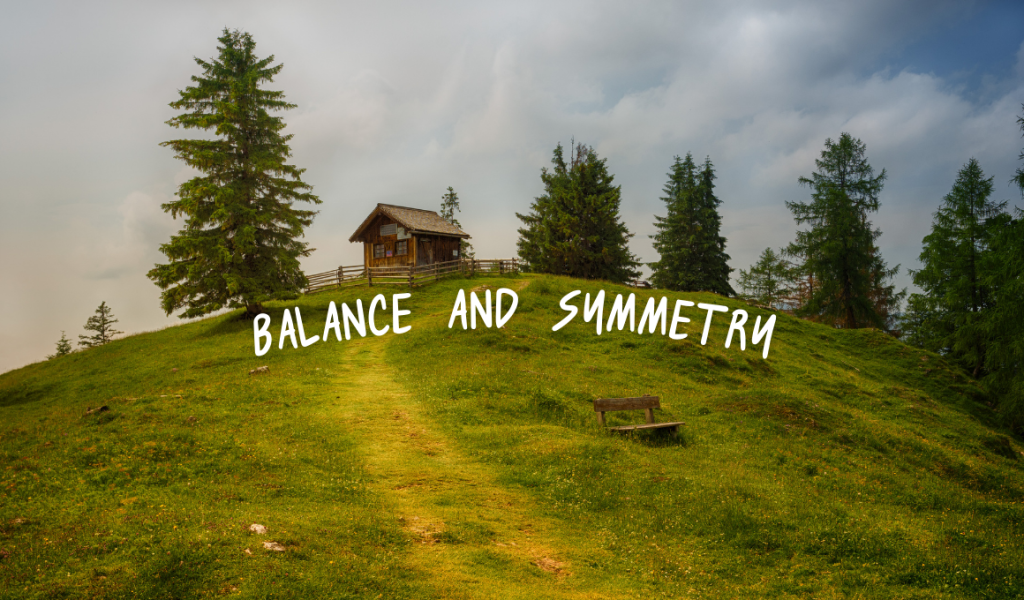
Balance and symmetry add a touch of elegance to your compositions. In photo editing, these elements can be accentuated to create a sense of harmony. Imagine a photograph of a historical building perfectly mirrored in a reflecting pool. You can enhance the symmetry through meticulous editing, elevating the image to a level of refined beauty.
Leading Lines: Directing the Narrative
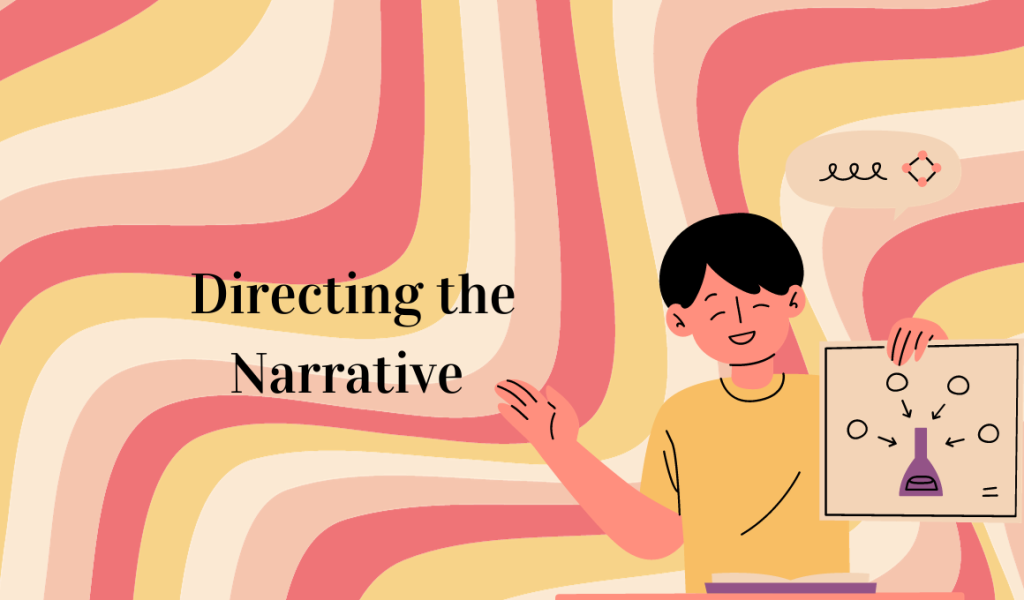
Leading lines guide the viewer's gaze through the image, creating a visual journey. In a cityscape, the converging lines of streets or the graceful curve of a river can be emphasized during photo editing to enhance the sense of movement and direct attention toward the focal point.
Frame Within a Frame: Adding Layers of Interest
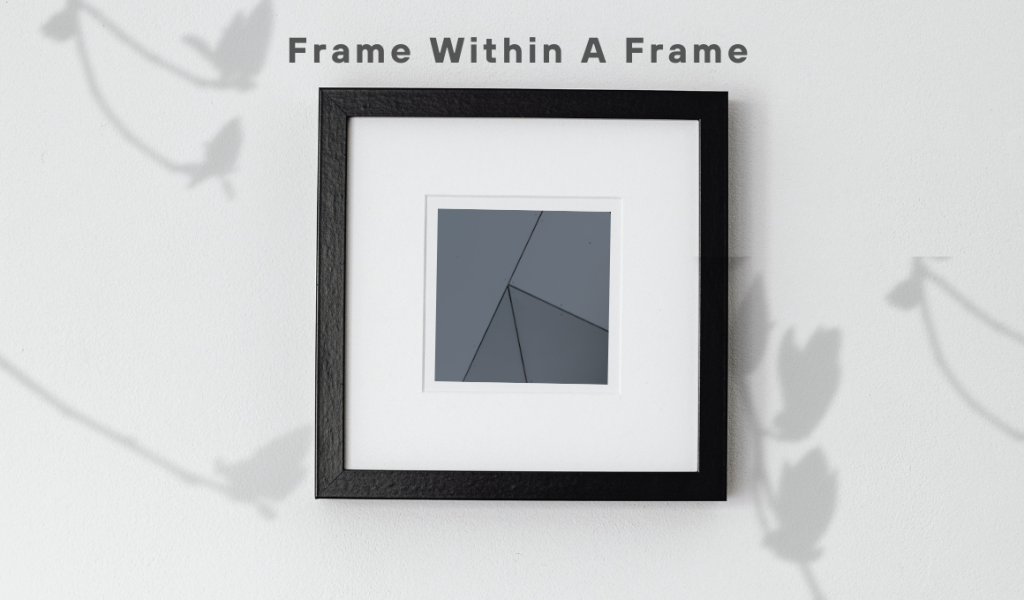
A frame within a frame adds depth and intrigue to your composition. Consider a portrait where the subject is framed by the natural arch of a doorway. You can draw attention to these framing elements during photo editing, creating layers that enrich the overall visual experience.
Contrast and Color: Making Elements Pop
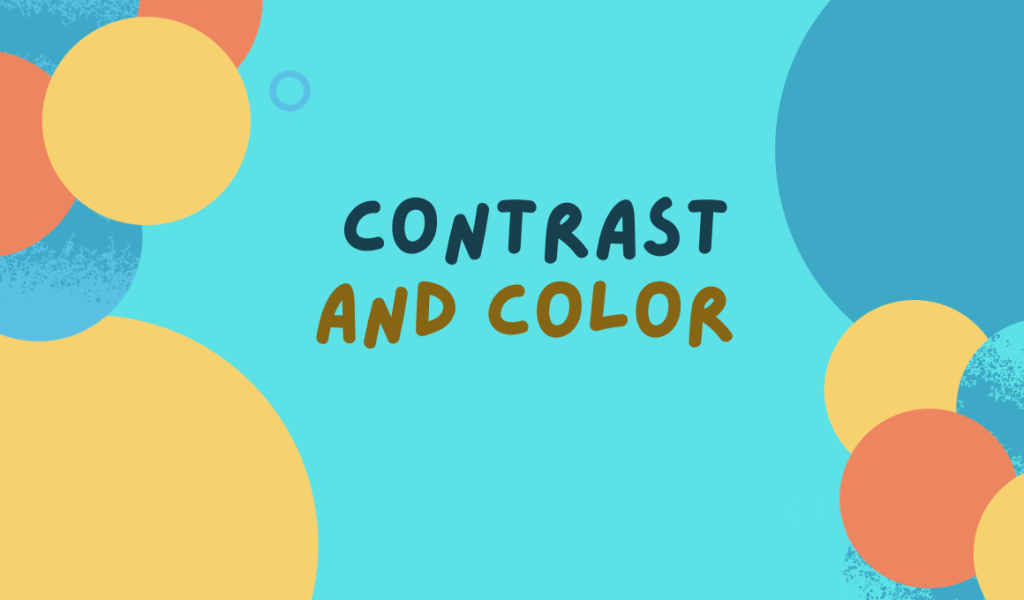
Playing with contrast and color can transform a good photo into something extraordinary. Imagine a bustling street market where the vibrant colors of fruits and vegetables pop against a muted background. Photo editing enhances these contrasts, making the subject stand out with vivid intensity.
Depth and Layers: Creating Dimension
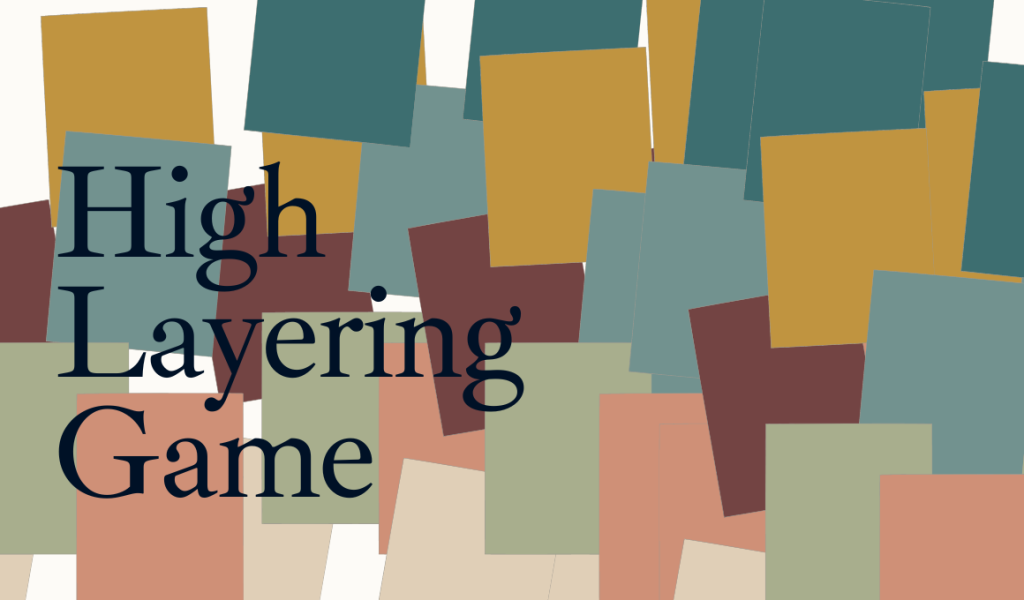
Adding depth to your images enhances the storytelling aspect. In a landscape photograph, incorporating foreground elements such as rocks or flowers can be emphasized during photo editing to create layers, providing a sense of depth and dimension.
Conclusion
Effective composition in photo editing is an art that marries creativity with technical skill. As you embark on your journey to master the craft, remember that each image is a canvas waiting for your unique touch. The tips outlined here, illustrated with compelling examples, guide photographers seeking to infuse their post-processing with creativity and finesse. So, dive into your photo editing software, experiment with these composition techniques, and watch your visual narratives come to life. Happy editing!




